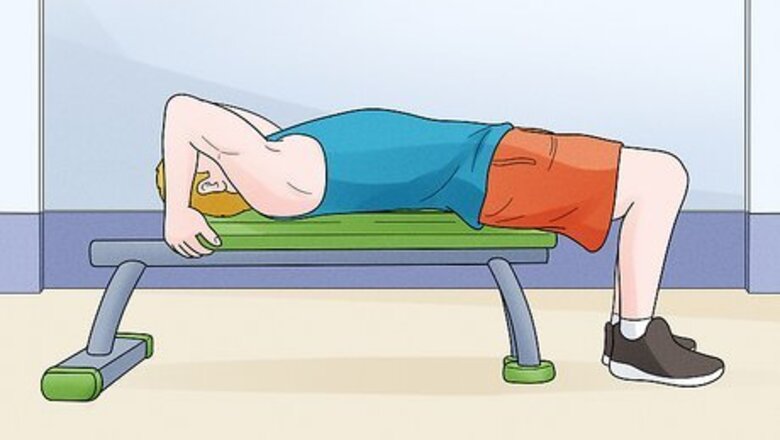
views
Basic Exercise
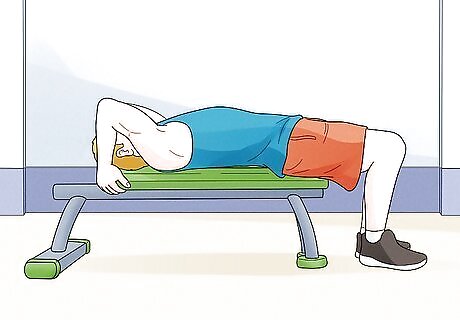
Lie down on a flat bench and grip the edge behind your head. Use a stable, flat weight bench and lie down on your back. Find the upper edge behind your head and grip it firmly with both hands so you’re anchored well to the bench. Gripping the top of the bench allows for more stability than gripping it on the sides by your ears. If you don’t have a flat weight bench, find something stable like a pole, pillar, or post and lie down on the ground so the top of your head is almost touching it. Raise your arms over your head and take a firm grip on the stable object.
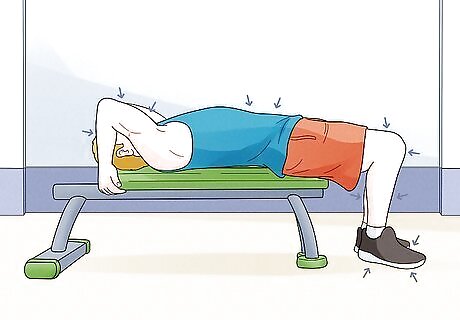
Tighten all of your muscles to create tension in your body. Take a breath and brace your core muscles so your abs, hips, and chest are primed and ready to go. Flex your arms and legs so there’s tension all along your body and you’re ready to do the movement. It’s super important that there’s tension in all of your muscles so you’re able to do the exercise safely and correctly. If your lower back starts to round, for instance, it could lead to an injury. Think about trying to flex all of your core muscles as hard as you can before you start the dragon flag.
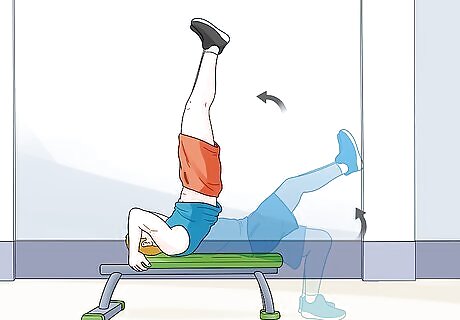
Lift your legs until your feet, legs, and torso form a straight line. Keeping your core tight and your muscles tense, start raising your legs up. Continue lifting them until your butt and lower back raise up. Keep your body in a straight line and raise your legs until your feet, legs, hips, and torso form a straight line and only your head and shoulders are on the bench or ground. Keep your feet flexed so your toes are pointing straight. Avoid using a jerky or swinging motion with your legs. Raise them slow and steady with control.

Pause at the top and then slowly lower your body back down. When you reach the top of the movement, maintain the tension in your body, and pause for a brief moment. Then, slowly lower your legs, hips, and back down to the bench or ground with control. Again, slow and steady is the key. Try not to allow yourself to flop back down on the bench or ground. You could hurt yourself and it isn’t giving your core the work that you want.

Repeat the movement up to 5 times. Keep your body braced and tense as you raise and lower yourself to do your dragon flags. Shoot for sets of 5 reps, but make sure you’re using good form. If your form starts to break down, call it a day to avoid potential injuries. You’ll start to feel the burn pretty quickly, but don’t push yourself too far. Do as many reps as you comfortably can.
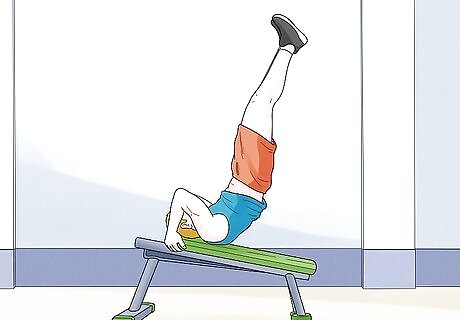
Use an incline bench to make the movement more challenging. If you feel like the standard dragon flag is too easy (what are ya, crazy?), you can take it to the next level by doing them on an incline. Adjust a weight bench to so it’s at a 45-degree angle, lie down on it, and grip the upper edge above your head. Then, try out some super challenging dragon flags. Make sure the weight bench is stable so it doesn’t rock or wiggle at the top of the movement. Doing the dragon flags on an incline also means you don’t get a brief rest at the top of the movement, making it even more challenging. Aim for sets of 3-5 reps for a killer core challenge.
Progression for Beginners
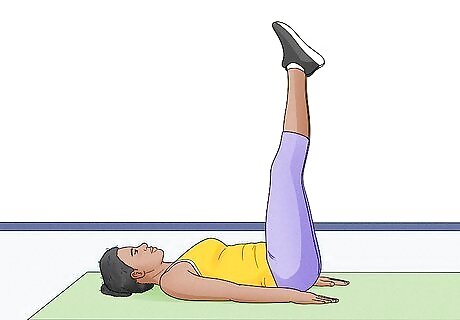
Build up your core strength to be able to do dragon flags. Work on strengthening your core with exercises like lying leg raises, hanging leg raises, and planks. Focus on exercises that work your entire core and not just your abs and eventually, you’ll be able to work your way up to the challenge of dragon flags. Developing a strong core will also help reduce your chances of injuring yourself when you try out dragon flags. Try out some core-strengthening classes at your local gym or yoga studio to work on your core under the guidance of an instructor.
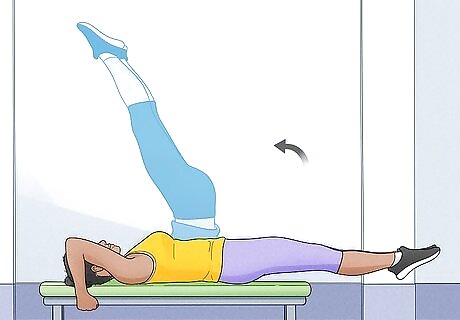
Keep your back and hips flat for an easier variation. If you’re just starting out with dragon flags, use an easier version and work your way up to the full movement. Lie down on a bench or the ground and grip the edge above your head or use a stable object like a pole or pillar. Keep your back and hips flat, brace your core, and lift your legs until they’re perpendicular to the floor or bench. Then, lower them back down with control. Try for 3-5 sets of about 8-10 reps of the leg raises. If you feel like you’ve got them down, try taking a shot at a dragon flag!
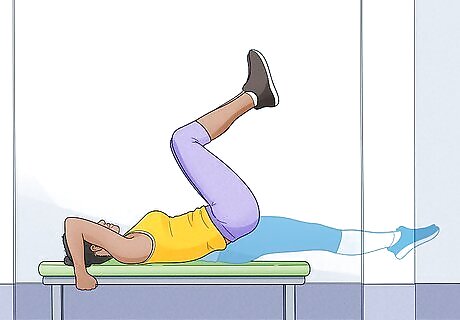
Bend your knees to make the exercise easier. If you’re ready to start trying dragon flags, but you want a slightly easier version, you can modify the movement by bending your knees slightly instead of keeping your legs straight. Everything else is the same: lie flat, grip the bench or object over your head, brace your muscles, and raise your legs until your legs hips, and torso form a straight line. But keep your knees bent until you master the movement. Don’t be fooled! This version is still a heck of a challenge. Try shooting for sets of 3-5 reps and make sure you use good form each time. Once you get comfortable with the bent-knee version, try out the full movement to see how it feels.
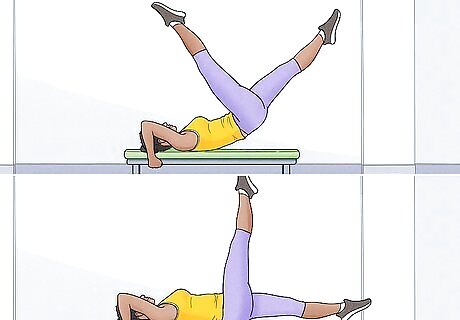
Try dragon flag flutter kicks and single-leg raises to work your way up. Lie on a flat bench, grip the edge above your head, raise 1 leg as high as you can, then slowly lower it back down to perform single-leg dragon raises, which are slightly easier than the full movement. You can also alternate raising each of your legs to do dragon flag flutter kicks as you progress to full dragon flags.
Safety Tips
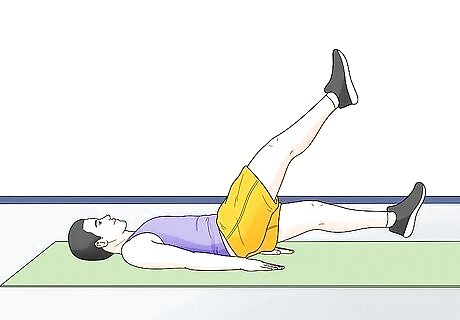
Make sure you’re warmed up before you do dragon flags. Run around or do other exercises like crunches, planks, or flutter kicks to warm up your muscles and get your body primed and ready to do dragon flags. Avoid going straight into the exercise without a proper warmup, which could lead to serious injury. Additionally, make sure you get at least 1-3 minutes of rest between each set so your muscles aren’t too fatigued and ready for another round.
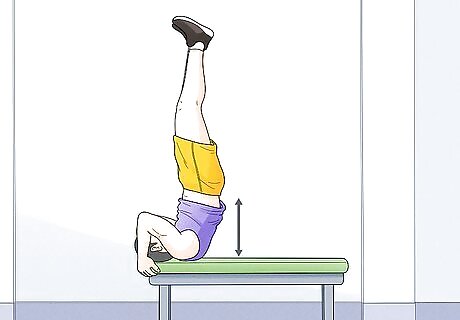
Keep your lower back from arching to prevent injury. If you’re new to dragon flags or if you’re fatigued, your lower back may start to round out, which can potentially lead to an injury. Focus on keeping your back straight. If you can’t prevent your lower back from rounding, stop doing the movement so you don’t hurt yourself.
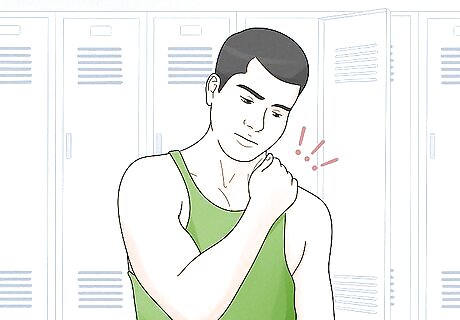
Stop the exercise if you start to feel pain. If at any point during the exercise you feel pain, stop immediately. Don’t try to push through it to get a few more reps in. Call it a day so your body can recover and you can try again in the future.
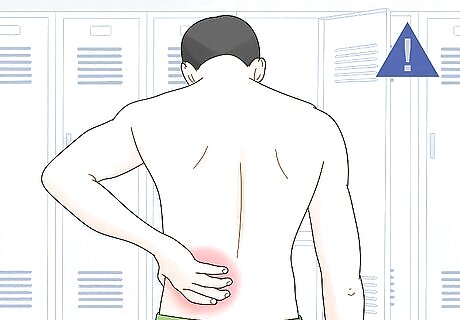
Avoid doing dragon flags if you have an injury. If you already have an injury to your back, neck, or shoulders, don’t do dragon flags. Wait until you’re completely healthy to try out this super challenging exercise. Don’t do dragon flags after the first trimester of pregnancy either or you could potentially harm yourself or your baby.




















Comments
0 comment